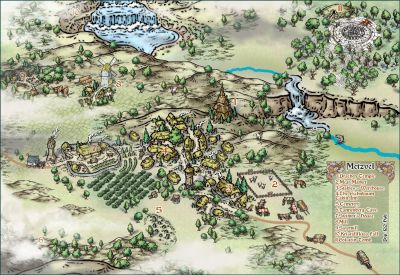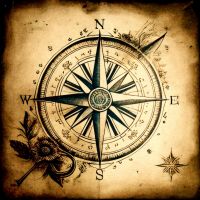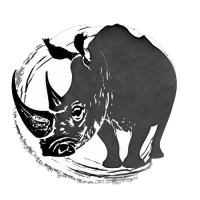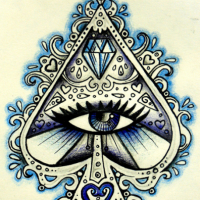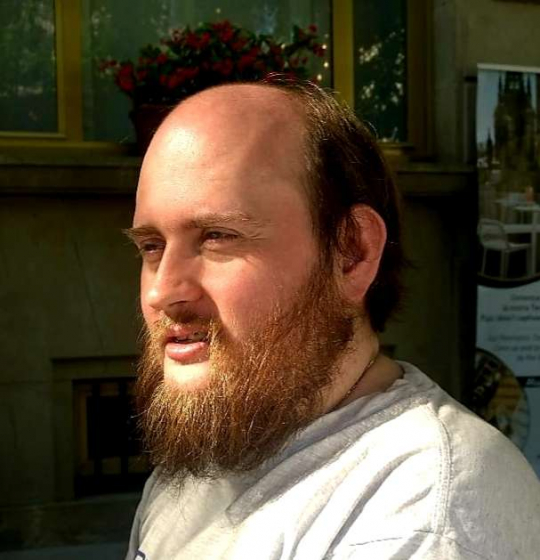
Monsen
Monsen
About
- Username
- Monsen
- Joined
- Visits
- 689
- Last Active
- Roles
- Administrator
- Points
- 8,939
- Birthday
- May 14, 1976
- Location
- Bergen, Norway
- Website
- https://atlas.monsen.cc
- Real Name
- Remy Monsen
- Rank
- Cartographer
- Badges
- 27
-
Centering a Hex Grid on a map
The easiest way to accomplish this is to first draw the hex grid, then move the origin to the center of one of your hexes after drawing the grid. The snap grid from the hexes will allow you to place the origin perfectly in the center of a hex.
After doing this, the snap grid will be off, but just right click the grid button, and edit the "User Hexgrid" and set the grid offset to 0,0.
Note that when doing this, the origin will only be in the absolute center of the map if your map size was set up to be a proper even multiple of hexes height and odd multiple of hexes wide, otherwise, it will be pretty close to the center, but in any case, it will be in the correct center of a hex.
-
Creating symbol catalog programmatically?
A symbol definition isn't really all that complicated. You have the symbol definition entity with the basic properties, and that entity contains a sublist with regular CC3+ entities that make up the symbol.
A raster symbol is basically just the same as a vector symbol, the difference is that it usually only contains a single picture entity that reference the png image. I don't have all the flags in my head, but there are some flags to set to indicate that the picture refers to a proper 4-resolution image (which is preferred over using a just a single image for the symbol)
And yea, a symbol catalog is just a regular drawing where the drawing list is filled by symbol definitions.
Personally, I would probably have done it as an XP to take advantage of the features provided, but also as a way to gain familiarity with the toolkit.
You are probably looking at quite a bit of work to assemble all the pieces though, and considering how easy it is to copy symbols between symbol catalogs and build your own from inside CC3+, i don't know if it is worth the effort.
-
Where do I find CC3 not CC3 plus.
Hi,
you shouldn't need CC3 for anything these days. If you get that error, it is usually because you ran the wrong file. Almost all the add-ons comes with two installer files, usually named something like "setup" and "setupForCC3Plus". Make sure you download and use the latter, as that is the proper CC3+ version.
-
Windows 11 - Smart App Control blocking install of CC3+ v28
I don't have Smart App Control, but looking at the Update file, it is clearly signed and Windows reports that the digital signature is ok, so why this SAC feature claim otherwise I have no idea.
Considering you're running the update, I assume you've already installed the program. And the installer is signed the same way as the update, so blocking one and not the other makes little sense to me
Unfortunately, it isn't anything I can do to help, so I suggest you contact tech support through your registered user pages. Maybe they either know about the problem and knows of a way to help, or if it is a new problem, it is important that they get to know about it.
-
Thinning out Styles
If you are comfortable with the Windows command line and making NTFS file system links, you can make a new folder (say "Favourites") under @Templates, create a Wizard folder inside of it, and inside there add NTFS links to the relevant template files (you'll need to link all three files for each template, the txt, the fct and the png). This way you can build your own custom list without touching the existing files)



